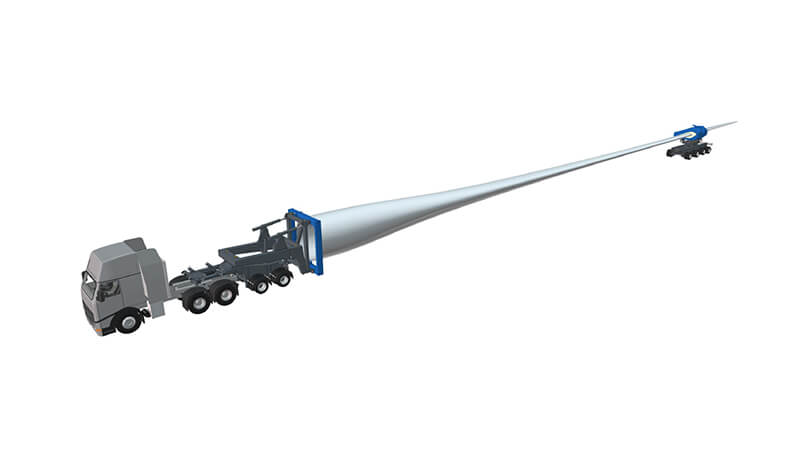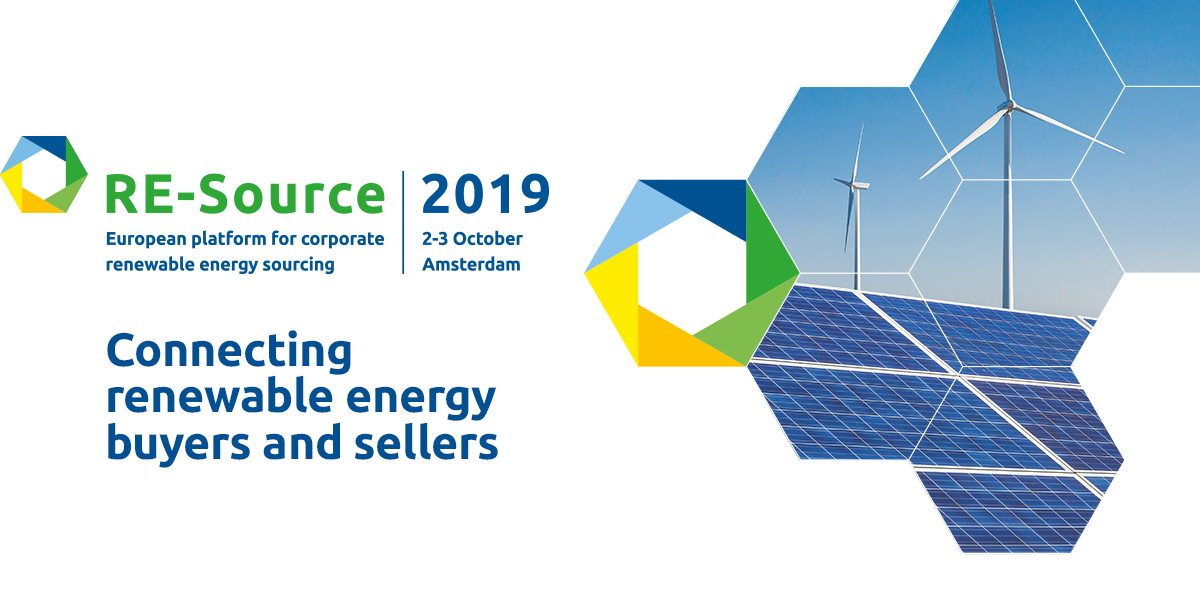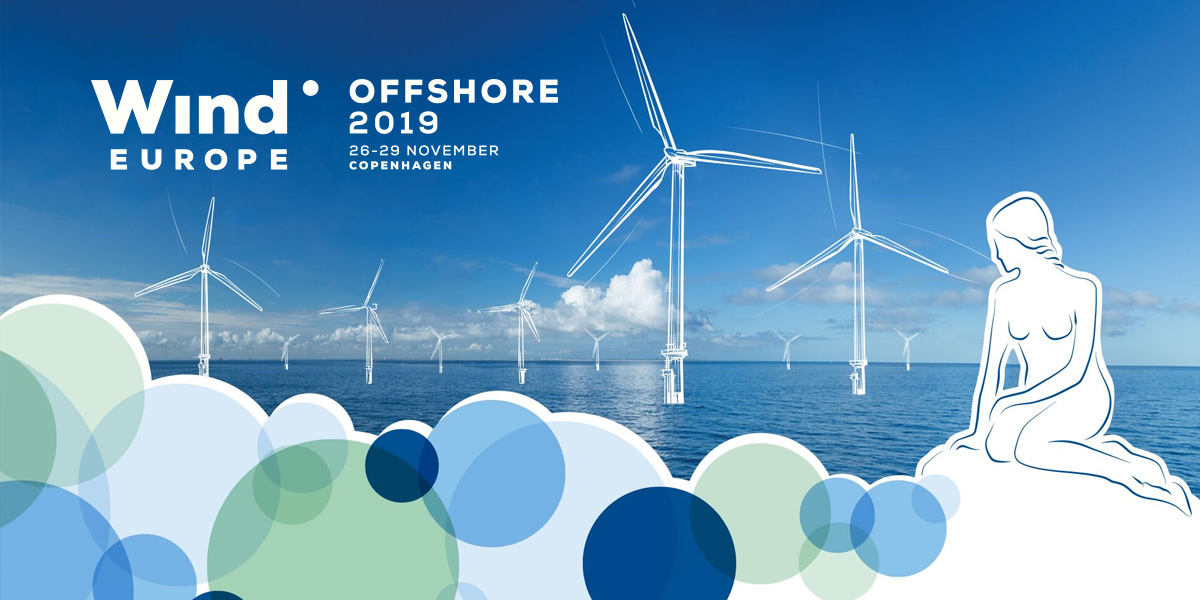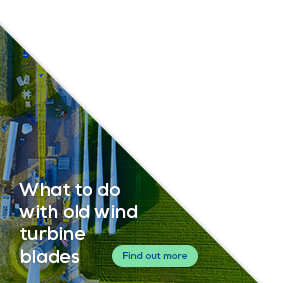WindEurope Bulletin
WindEurope Bulletin September 2019
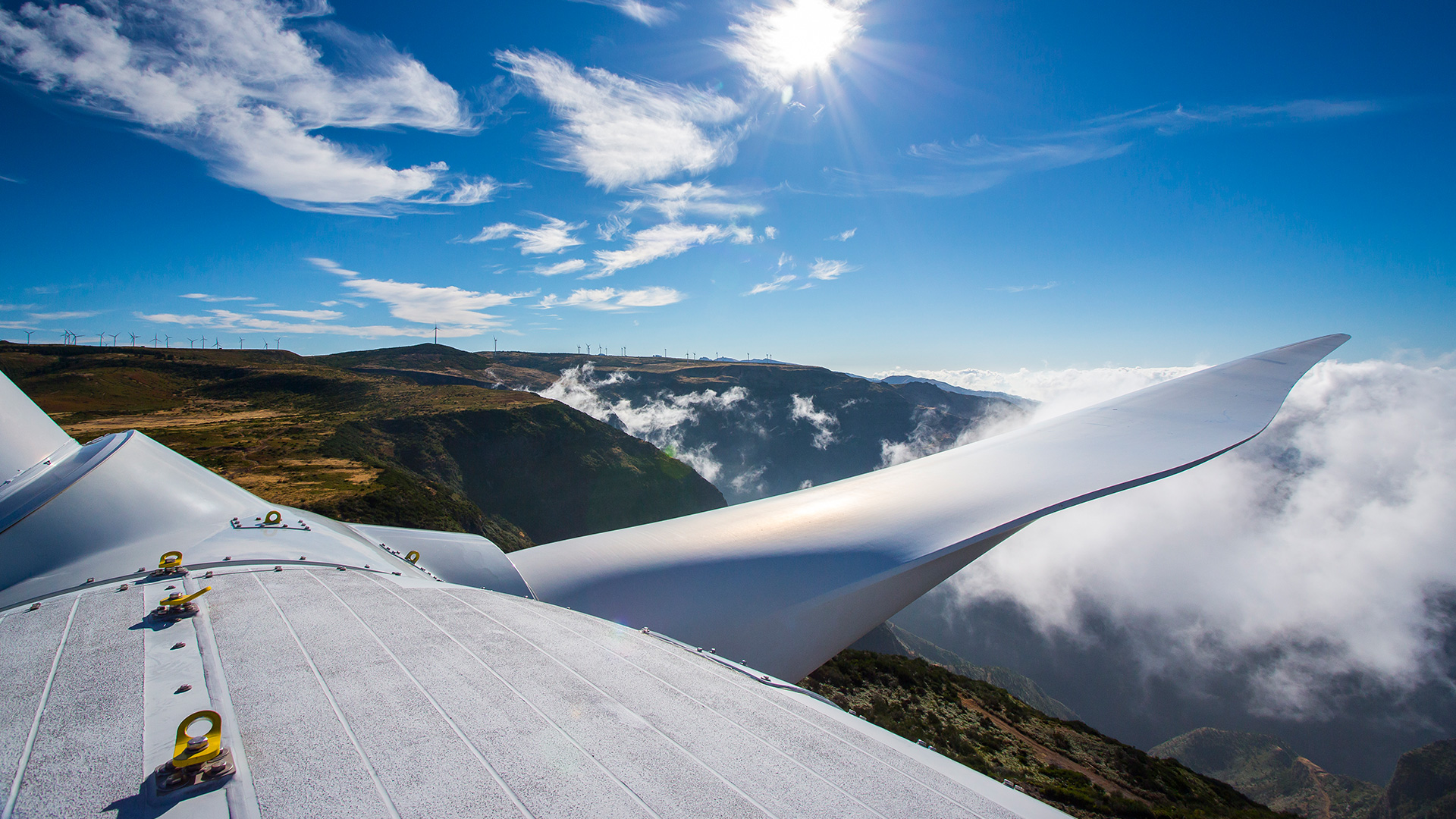
9 September 2019
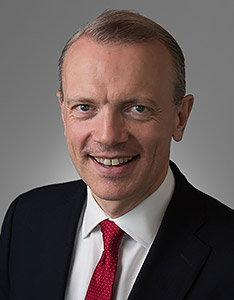 Giles Dickson
Giles DicksonCEO Foreword
Dear WindEurope Member,
Autumn 2019 is a significant “start of term” for our industry. Ursula von der Leyen, who takes over as EU Commission President on 1 November for 5 years, has now announced her team. She has chosen Kadri Simson as Energy Commissioner. Simson is the Economy and Energy Minister of Estonia. She brokered the agreement between EU Member States on the Clean Energy Package when Estonia had the Presidency in 2017 and is a good choice. The Commissioner for Climate Change will be Dutchman Frans Timmermans, who’ll have a powerful Executive VP role in the Commission to deliver Von der Leyen’s vision for a Green Deal for Europe.
Other key Commissioners for us will be:
- Mariya Gabriel, in charge of Research and Innovation
- Virginijus Sinkevicius, in charge of Environment and Oceans
- Phil Hogan, in charge of Trade, and
- Sylvia Goulard, in charge of Industry.
Each of the new Commissioners will need to pass hearing with the (still new) European Parliament at the start of October before they’re confirmed.
The political and economic context for the new Commission is challenging. Growth is slowing. The tensions on international trade cast an important shadow. Relations between East and Western Europe on migration and other issues are not great. And then there’s Brexit…
But the new Commission is determined to be ambitious on climate change. They will table proposals for a Green New Deal within 100 days. WindEurope have issued our own 5 priorities for the new Commission and Parliament:
- A focus on both ambition and delivery on decarbonisation: zero-net carbon by 2050 is technically and economically feasible. The 2030 National Energy & Climate Plans should make clear progress towards this goal – not least to meet the growing demand for renewable energy from consumers and industry.
- A smart approach to electricity and gas: the share of electricity in the energy mix has to rise from 24% today to at least 60% by 2050. It’s the most cost-effective and energy-efficient way to decarbonise heating, transport and much of industry. Hydrogen from renewable electricity will also have a role to play.
- Infrastructure investment: the energy transition requires major investment in grids, storage, electric vehicle charging points and other infrastructure, such as ports for offshore wind. InvestEU and any new Europe Future Fund will play a key role, alongside Structural Funds and other existing instruments.
- Research & Innovation: renewable energy needs to be a priority for the EU’s new €100bn research programme, Horizon Europe. The Commission needs to support continued innovation in technologies where Europe has led, such as onshore wind, as well as emerging technologies.
- Finally a low-carbon industrial policy with renewable energy as the backbone. The wind industry employs more than 300,000 people in Europe today and exports €8bn worth of high-tech equipment outside the EU each year. Being able to import components and materials without barriers is central to the competitiveness of the European wind industry.
Finally, the continued expansion of wind means working even harder to engage the public. We cannot take for granted the general public’s support for wind energy. The recent power outage in the UK is an example of the type of story which – in the wrong hands – can be used to wrongly discredit wind energy. We won’t get wind energy at the core of Europe’s energy mix if we do not convey what wind energy means for the public. And crucially we need to do this at a very local level, where developers play a central role towards project acceptance. See our recent statement on this here.
Finally, a reminder of the two main WindEurope events this autumn:
- RE-Source 2019 in Amsterdam, 2-3 October; and
- WindEurope Offshore 2019, Copenhagen, 26-28 November.
You can read more about these below.

Giles Dickson
Member’s Interview
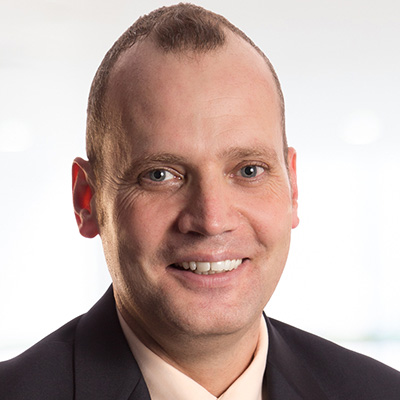
This month, we hear from Navigant’s Jans Vrins on offshore wind, auctions, and strengthening cooperation with TSOs, DSOs and industrial consumers.
Read the interview
Members’ News
‘Off the shelf’ contracts to improve uptake of corporate PPAs
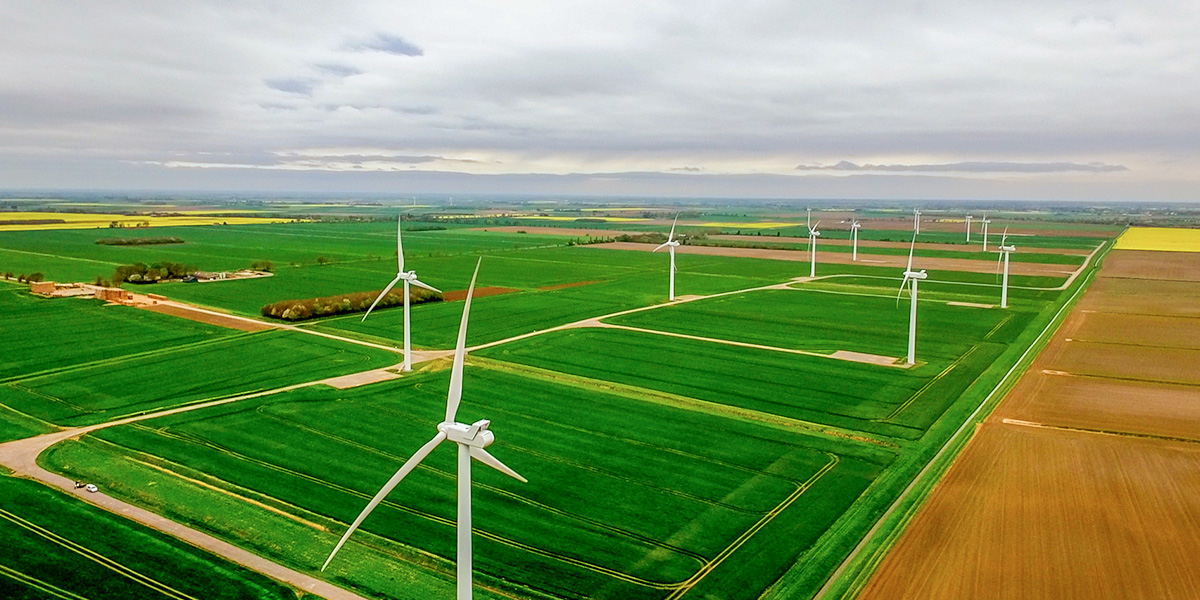
Richard Russell, Group Commercial Director for RES, advises that new rules to simplify the process of agreeing a Corporate Power Purchase Agreement (CPPA) with a renewable energy developer will prove decisive for smaller businesses looking to purchase green energy.

Securing renewable CPPAs has traditionally followed a bespoke process, taking between six and nine months to complete, often supported by various external advisors and brokers. However, new standards launched by The European Federation of Energy Traders (EFET) in June 2019 aim to simplify the procurement process.
By standardising the framework for CPPAs, these developments ‘open the door’ for more companies to join the likes of Microsoft, Royal Caribbean and Amazon in securing green energy directly from source, and in the process locking in more affordable and predictable energy pricing.
The new EFET standards are expected to increase the demand for such corporate offtake, facilitating efficient and cost-effective access to the renewable energy market for small and medium enterprises, as well as local authorities.
RES has already agreed more than 1.6 GW of CPPAs globally and in addition to the economic benefits, early adopters are also benefiting from “additionality” benefits – helping to ensure new installed renewables capacity is competitive and investable.
Furthermore, such standardisation and simplification will likely lead to the creation of more flexible CPPAs, allowing corporates to dynamically scale up or scale down their green energy buying requirements to match the trends in their own businesses. This will include the formation of a new consortia of energy buyers; pooling their collective demand for green energy to create further efficiencies. Looking ahead, such innovation and flexibility is vital, if we are to meet ambitious net zero goals.
RES are a Strategic Partner at RE-Source 2019, the world’s leading event on corporate renewable energy procurement.
Major socio-economic benefits from the world’s deepest non-floating wind farm
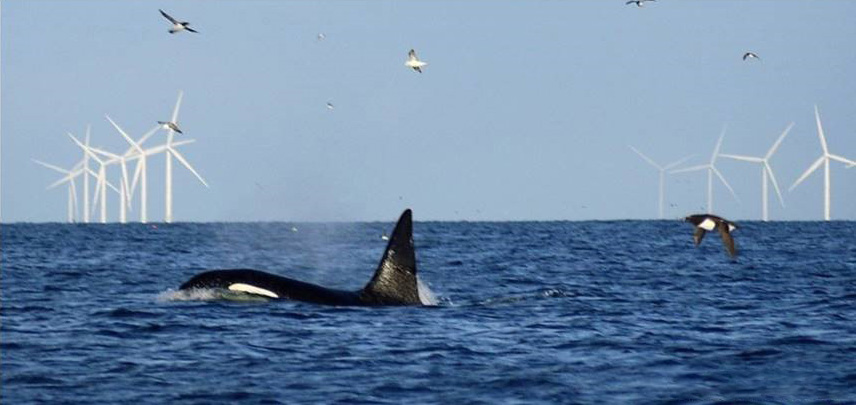
© Martin Gill
This summer the world’s deepest non-floating wind farm came online: the Beatrice offshore wind farm. Located off the coast of Scotland, Beatrice is the world’s fourth largest wind farm. It uses 84 turbines to generate 588 MW of power, and provides enough power for 450,000 homes.
Prince Charles officially launched the wind farm at a ceremony in late July, marking the culmination of years of collaborative work between SSE Renewables (40%), Copenhagen Infrastructure Partners (35%) and Red Rock Power Limited (25%). SSE Renewables led the development, construction and operation of the wind farm.
Beatrice has already contributed £460 million to the Scottish economy during the development and construction phases, as part of a total £1.3 billion contribution to the wider UK economy. Now beginning its 25-year operational phase, Beatrice’s economic benefit is set to be even greater. The project should add an average of £72 million in value to the UK economy, every year, £34 million of which will be in Scotland.
Over its 25-year lifespan, it is expected to save eight million metric tons of carbon per year. The high level of investment in the UK and Scotland during this period is expected to result in 800 jobs in the UK on average each year, 370 of which are expected to be in Scotland.
Final investment decision on the £2.6bn project was made in May 2016 and the project was completed on time and under budget by around £100m in June 2019. Around £2.5 billion was invested in the development and construction of Beatrice, making it the largest private sector investment in Scottish history.
TII presents new Rotor Blade Transport System for turbine blades of over 100m in length
Scheuerle, part of the TII Group, has launched a rotor blade transport system for transporting particularly long wind turbine blades. Jointly developed by Vestas and the TII Group, the future-proof series solution is tailor-made for the transport of the latest generation of wind blades as well as future generation blades.
Wind turbines are becoming more and more powerful with higher hubs and longer rotor blades. Accordingly, the requirements placed on the transport and installation of such system are more demanding.
“Together with our partners from TII, we have developed this new transport solution to improve our ability to transport our longest blades over large distances in a flexible and cost-efficient way,” said Kim Bredo Rahbek, Head Specialist WTCC Product Critical Functions Engineering at Vestas. “This solution is the result of our constant effort to challenge and rethink our current logistic setup to develop new technologies that help drive the industry forward.”
Compared to conventional vehicle types, the new combination has maximum manoeuvrability and guarantees a high level of safety for the load. The intelligent arrangement of joints in the bearings ensures gentle transport of the sensitive rotor blade. With the help of a simple plug-in connection, a manufacturer-independent friction clamp can be fitted to accommodate the wind blade at the rear end. TII and Vestas demonstrated their new transport system to a range of leading rotor blade transport companies in June in Denmark.
Has your organisation had any recent successes you’d like to share with the wider wind energy community? Every month we feature success stories in our Bulletin, reaching an audience of over 6,000 people.
Interested in submitting a success story? Contact us today
Events
RE-Source 2019 now 50% sold out
When: 2 – 3 October
Where: Hotel Okura, Amsterdam
Do you want to join 1,000 participants in Amsterdam for B2B matchmaking activities, deep-dive breakout sessions and an even larger and more diverse pool of buyers and suppliers?
Over 50% of the tickets for RE-Source 2019 have already been sold.
Last year, we had to close registrations early to avoid overbooking, and this year we are on course to do the same.
Book your place now to avoid disappointment.
WindEurope Offshore 2019 in Copenhagen: 3 things you need to know
When: 26 – 29 November
Where: Bella Center, Copenhagen
-
Registration is now open
Europe needs to expand its offshore fleet 10x to meet Europe’s climate objectives for 2050. We all know this. The question is: how do we get there?
This November, Europe’s flagship offshore wind event will gather 8,000 participants to drill down on the practical challenges of putting offshore at the core of our energy mix.
-
Over 90% of exhibition space has already sold out
Are you still waiting to book your stand? Don’t delay – space is now very limited. Our most recent exhibition in Bilbao completely sold out in advance.
If you want to be in Copenhagen, book your stand before it’s too late.
-
Are you a start-up? We want to host you in the Innovation Park!
We need new ways of thinking and working to secure a sustainable future. The Innovation Park will showcase groundbreaking projects from fresh voices in wind energy. For €1,000 (Excl, VAT), you will get your own dedicated stand, a speaking slot on the Innovation Stage at the centre of the pavilion, great visibility in front of key industry players, and more.
Interested?
Webinars

Before RE-Source 2019, get up to date on what’s happening in European PPAs
When: 18 September, 12:00 PM – 1:00 PM CEST
With less than a month to go till we meet in Amsterdam, it’s the perfect time to get up to speed on the current state of play in corporate renewable energy sourcing.
On 18 September we’ll be hosting a FREE webinar, giving you an update of the European PPA market.
We’ll also introduce some of the products in our corporate buyers’ toolkit ahead of its official release at RE-Source 2019.
ETIPWind Webinar on blade recycling and innovative materials for new blade design
When: 19 September 11:00 AM – 12:30 PM CEST
On 19 September ETIPWind will host a webinar where experts will explore the benefits of existing solutions for blade recycling, identify future research and innovation actions for recycling technologies and provide an outlook on new materials to be developed as more sustainable alternatives for composites.
Confirmed speakers include:
- Aidan Cronin, Chair ETIPWind
- John Korsgaard, LM Wind Power
- Thomas Wegman, Aliancys
- Olga Rodriguez Largo, CSIC
In the next four years 15,000 blades will reach the end of their designed life. This is a large volume that needs to be collected, transported and disposed of. The scale-up in managing disused composite materials poses significant challenges in logistics and available waste management technologies.
To improve sustainable waste management, the EU prescribes a multi-step approach from waste prevention to re-purposing, recycling and, ultimately, disposal. A green industry, the wind energy sector actively seeks to increase circularity and supports new solutions to help recycle composite materials from rotor blades.
Wind Energy 5 year Market outlook webinar
When: 8 October, 3:00 PM – 4:00 PM CEST
WindEurope’s analysts will discuss the future developments of the European wind energy market, outlining annual installations and financing highlights from both the onshore and offshore sectors from 2019 to 2023. Participants will have the opportunity to get insights on national policy development, wind turbine trends, wind penetration rates, and many other relevant details for the wind energy sector. This will be followed by a Q&A session for participants.
Webinar on securing EU funding for wind energy
When: 17 October, 11:00 – 12:00 CEST
We are happy to invite you to this year’s webinar on EU funding opportunities for wind energy on 17 October from 11:00-12:00.
Within the 2018-2020 Horizon 2020 Work Programme, there are still a number of calls for R&D projects that explicitly cover wind energy.
They are mostly about unlocking the full cost-reduction potential of wind energy and the development of next generation technologies. They include innovative operation and maintenance strategies and novel solutions to offshore balance of plant. Dedicated funding is available for both onshore and offshore wind, and there are specific calls on floating wind.
The webinar will explore these upcoming Horizon 2020 calls for projects, and give you some useful tips on how to successfully apply for funds. We’ll also tell you about funding opportunities under the separate Connecting Europe Facility and discuss more broadly the type of services WindEurope offers to its members when it comes to EU funding.

